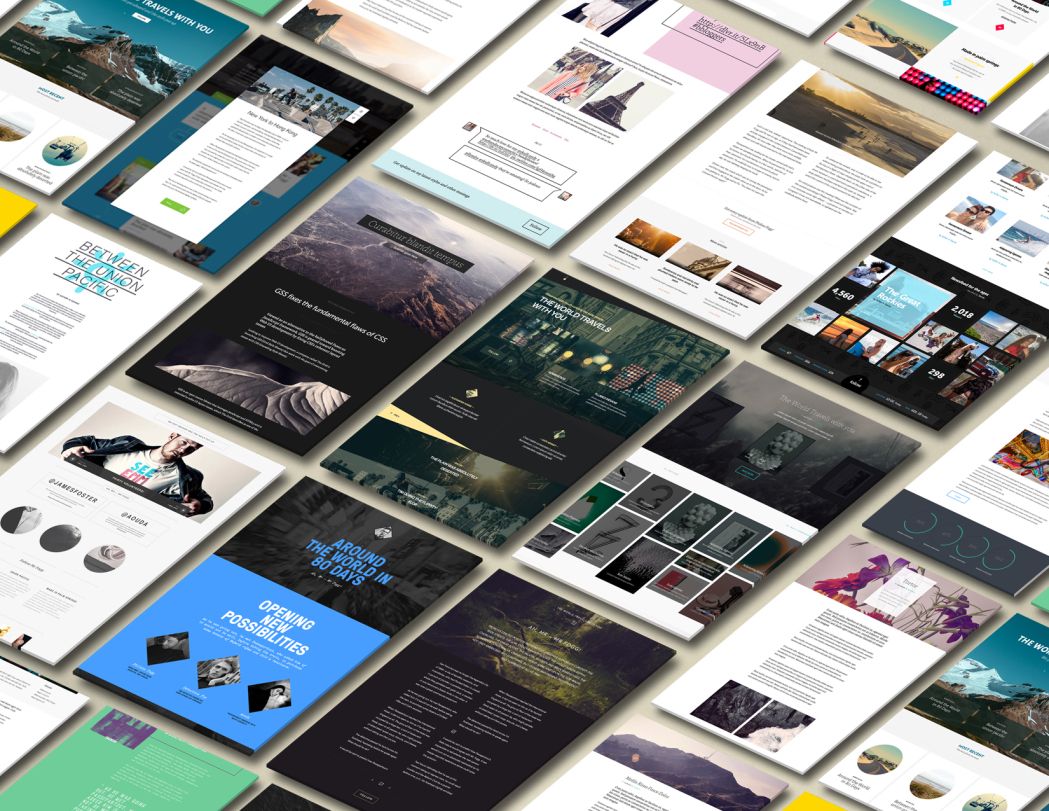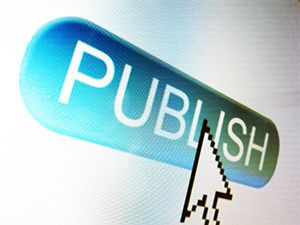Category: media & arts
CERN-Critics: LHC restart is a sad day for science and humanity!
- Press release by our partner ”Risk Evaluation Forum” emphasizing on renewed particle collider risk: http://www.risk-evaluation-forum.org/newsbg.pdf
- Study concluding that “Mini Black Holes” could be created at planned LHC energies: http://phys.org/news/2015-03-mini-black-holes-lhc-parallel.html
- New paper by Dr. Thomas B. Kerwick on lacking safety argument by CERN: http://vixra.org/abs/1503.0066
New Book: An Irreverent Singularity Funcyclopedia, by Mondo 2000’s R.U. Sirius.
Quoted: “Legendary cyberculture icon (and iconoclast) R.U. Sirius and Jay Cornell have written a delicious funcyclopedia of the Singularity, transhumanism, and radical futurism, just published on January 1.” And: “The book, “Transcendence – The Disinformation Encyclopedia of Transhumanism and the Singularity,” is a collection of alphabetically-ordered short chapters about artificial intelligence, cognitive science, genomics, information technology, nanotechnology, neuroscience, space exploration, synthetic biology, robotics, and virtual worlds. Entries range from Cloning and Cyborg Feminism to Designer Babies and Memory-Editing Drugs.” And: “If you are young and don’t remember the 1980s you should know that, before Wired magazine, the cyberculture magazine Mondo 2000 edited by R.U. Sirius covered dangerous hacking, new media and cyberpunk topics such as virtual reality and smart drugs, with an anarchic and subversive slant. As it often happens the more sedate Wired, a watered-down later version of Mondo 2000, was much more successful and went mainstream.”
Read the article here >https://hacked.com/irreverent-singularity-funcyclopedia-mondo-2000s-r-u-sirius/

The Grid Uses Artificial Intelligence To Design Your Websites For You
by Frederic Lardinois — TechCrunch
Designing a good-looking website has never been easy, and while many services promise to let you build a site without ever having to touch any code, you quickly reach their limits if you want to have a more advanced site. The Grid, which is launching its crowdfunding campaign today, promises to do away with all of this. Instead of designing your site pixel by pixel yourself, The Grid team wants to use artificial intelligence to design your site based on your content and goals (more followers, more customers, higher sales, etc.).
Leia Display System: The mid-air touchscreen you can control with your whole body
By Adam Williams — Gizmag
The recently-unveiled Leia Display System (LDS) is a lot like a large touchscreen, but with one important difference: its screen is not solid, but rather made from mist. This means you can walk right through the screen, manipulate displayed images using hand gestures reminiscent of Minority Report, or even interact with the display using your whole body.
A New Economic Layer — BitCoin, Cryptorcurrency, and Blockchain Technology
Preamble: Bitcoin 1.0 is currency — the deployment of cryptocurrencies in applications related to cash such as currency transfer, remittance, and digital payment systems. Bitcoin 2.0 is contracts — the whole slate of economic, market, and financial applications using the blockchain that are more extensive than simple cash transactions like stocks, bonds, futures, loans, mortgages, titles, smart property, and smart contracts
Bitcoin 3.0 is blockchain applications beyond currency, finance, and markets, particularly in the areas of government, health, science, literacy, culture, and art.
Read the article here » http://ieet.org/index.php/IEET/more/swan20141110

Review: When Google Met WikiLeaks (2014) by Julian Assange
Reengineering Strategies & Tactics
Most of you will know that in December 2012, I wrote 4 blog posts here at the Lifeboat Foundation, explaining why Spaceport Colorado will be an enormous success. The blog posts are:
https://lifeboat.com/blog/2012/12/the-fabulous-spaceport-colorado-part-1
https://lifeboat.com/blog/2012/12/the-fabulous-spaceport-colorado-part-2
https://lifeboat.com/blog/2012/12/the-fabulous-spaceport-colorado-part-3
https://lifeboat.com/blog/2012/12/the-fabulous-spaceport-colorado-part-4
Here is the reason why I was able to do this. I spent many decades working in manufacturing companies and management consulting firms. I am now sharing this experience in a book titled “Reengineering Strategies & Tactics”. The book presents a new business model, the Holistic Business Model, that allows one to infer private information from public data.
If you have read the book, I would appreciate your feedback.
Book details are:
Title: Reengineering Strategies & Tactics
Sub Title: Know Your Company’s and Your Competitors’ Strategies and Tactics Using Public Information
Publisher: Universal Publishers
Date: July, 2014
Pages: 315
ISBN-10: 1627340157
ISBN-13: 9781627340151
Publisher’s Link: http://www.universal-publishers.com/book.php?method=ISBN&book=1627340157
1st 25 pages(free): http://www.bookpump.com/upb/pdf-b/7340157b.pdf
Synopsis:
The Holistic Business Model identifies, in a structured manner, the 48 structural positions and 32 strategies your company can effect, resulting in 2 million variations in your company’s strategic environment. This complexity is handled by three layers, consisting of the Operations Layer, the Revenue Transaction Layer and the Business Management Layer.
Strategy is the migration from one structural position to another in the Business Management Layer. Therefore, the Model prevents investors, business owners and corporate managers from making incorrect moves, while both, enabling them to see their future options, and enhancing the quality of their management decisions.
The Operations Layer explains why lean manufacturing (JIT and Kanbans) works when it does, when it does not, and the important considerations when setting up a manufacturing operation using lessons learned from the semiconductor and Fast Moving Consumer Goods industries. The Revenue Transaction Layer identifies how your company generates its revenue.
Based on 20+ years in manufacturing and management consulting in multinational, large, medium & small companies, Solomon invented the Holistic Business Model that only requires public information to determine your company’s and your competitors’ strategies. Four case studies are presented: a manufacturing operation, a home builder, a non-profit and a sea port.

Making opinions matter: making headlines
.#democracy. #you. #indie. #webcontent. #contentmarketing. @HJBentham.
Phase 1
Phase 2
Phase 3
Phase 4
Phase 5

Glasses-free 3-D projector
Larry Hardesty | MIT News Office
Over the past three years, researchers in the Camera Culture group at the MIT Media Lab have steadily refined a design for a glasses-free, multiperspective, 3-D video screen, which they hope could provide a cheaper, more practical alternative to holographic video in the short term.
Now they’ve designed a projector that exploits the same technology, which they’ll unveil at this year’s Siggraph, the major conference in computer graphics. The projector can also improve the resolution and contrast of conventional video, which could make it an attractive transitional technology as content producers gradually learn to harness the potential of multiperspective 3-D.